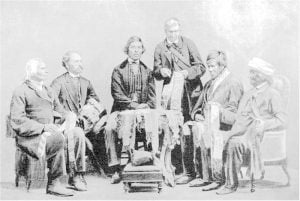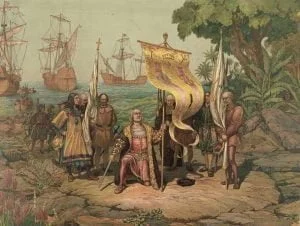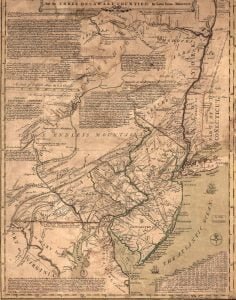The Italian Jesuit missionary Father Bressani was born in Rome, 6 May, 1612. At the age of fourteen he entered the novitiate of the Society of Jesus. Becoming zealous to serve as missionary among the American Indians, he went to Quebec in the summer of 1642, and the following year he was sent among the Algonquins at Three Rivers. In April, 1644, while on his way to the Huron country, where a mission had been established, he was captured by the Iroquois, who at that time were an exceedingly fierce and even cannibal nation, perpetually at war with nearly the whole known continent. By them he was subjected to tortures, but finally was made over to an old squaw to take the place of a deceased relative. From her he was ransomed by the Dutch at Fort Orange (the modern Albany), and by them he was sent to France, where he arrived in November, 1644. Despite his terrible experiences among the savages, and his maimed condition, the indomitable missionary returned to Canada the next spring, and labored with the Hurons until their mission was destroyed by the Iroquois four years later. In November, 1650, Bressani, in broken health, went back to his native land. Here he spent many years as a preacher and home missionary. He died at Florence, 9 September, 1672. The following account of Father Bressani’s sufferings among the Indians is translated from two of his own letters in his book Breve Relatione d’alcune Missioni nella Nuova Francia, published at Macerata in 1653.







